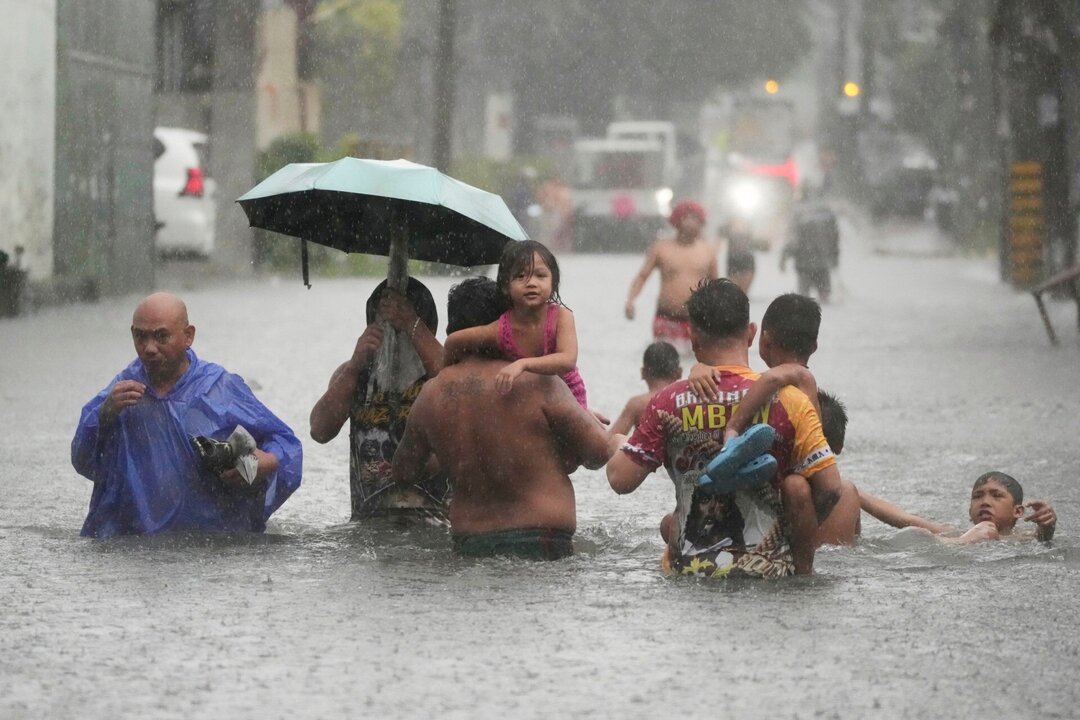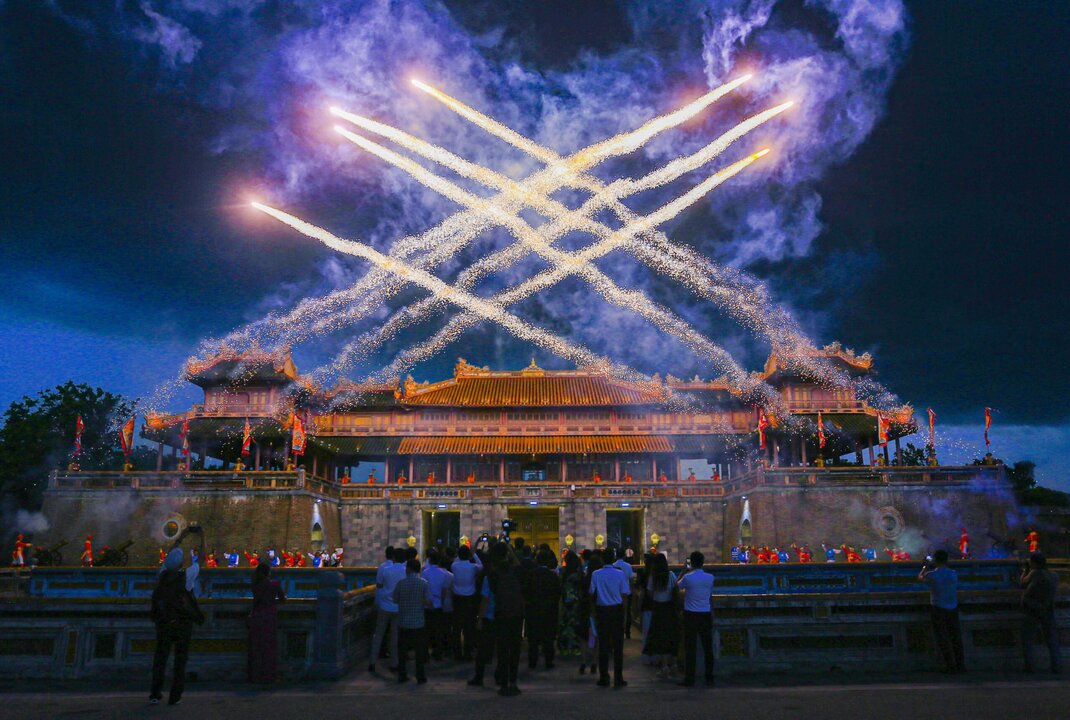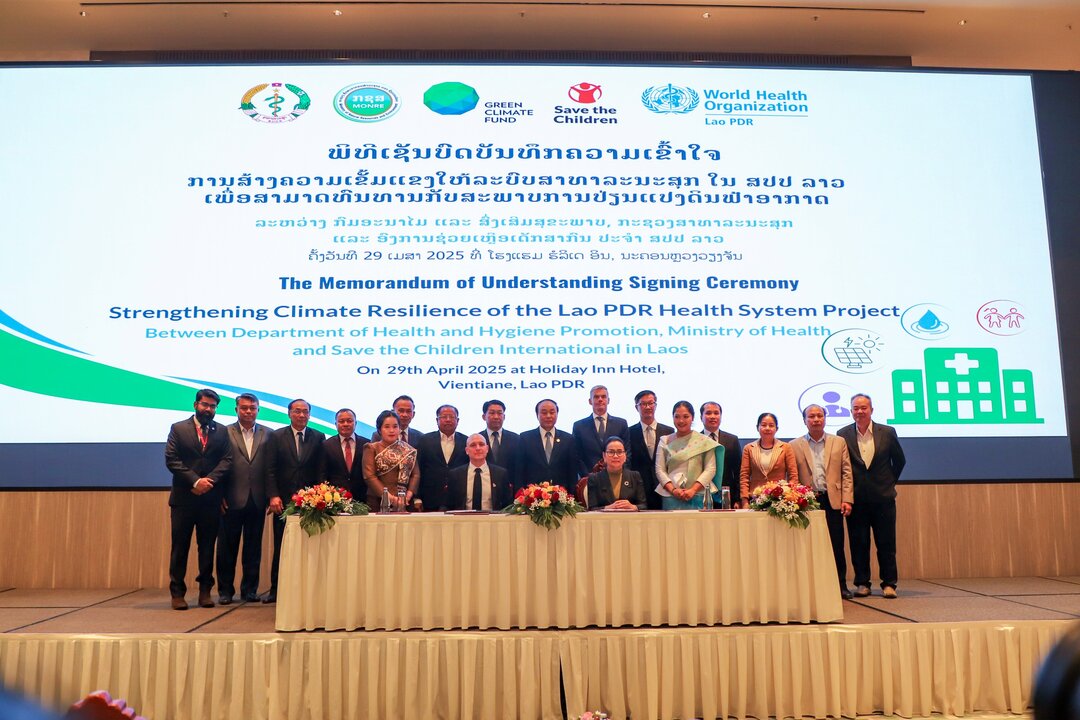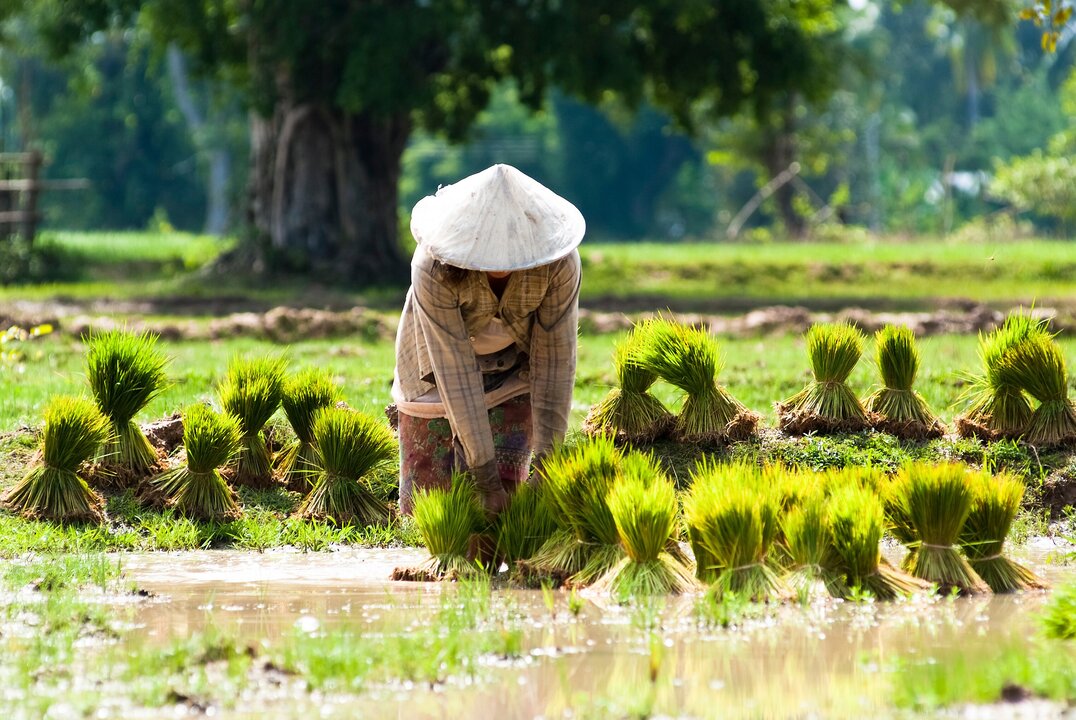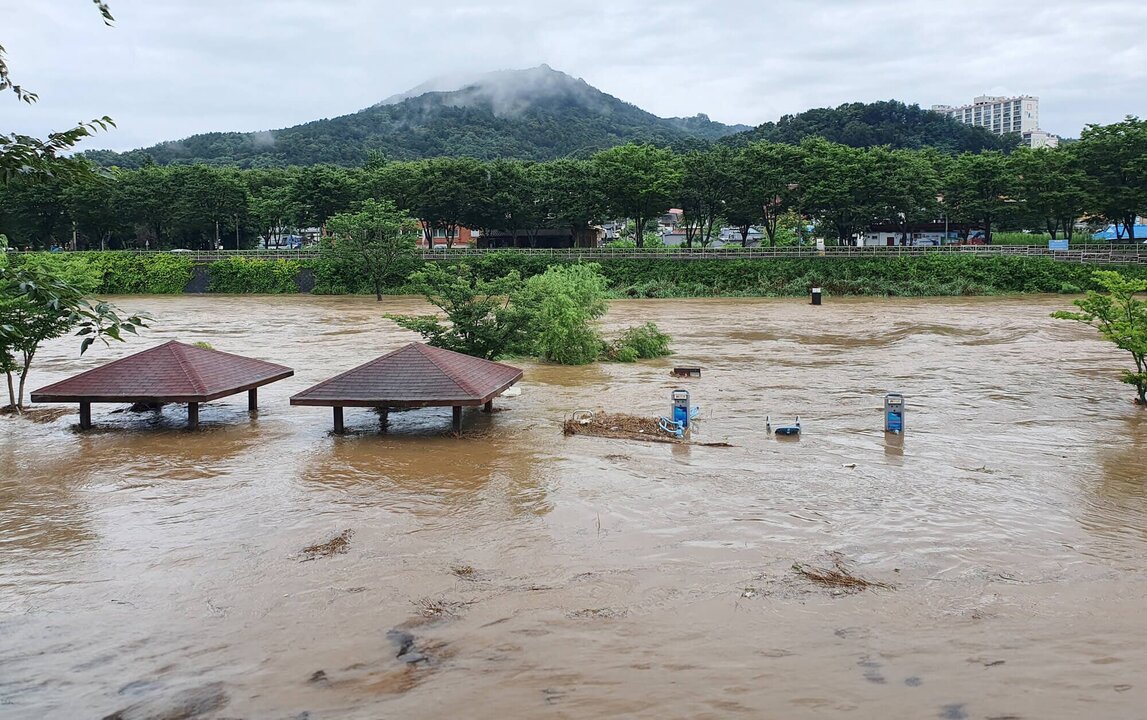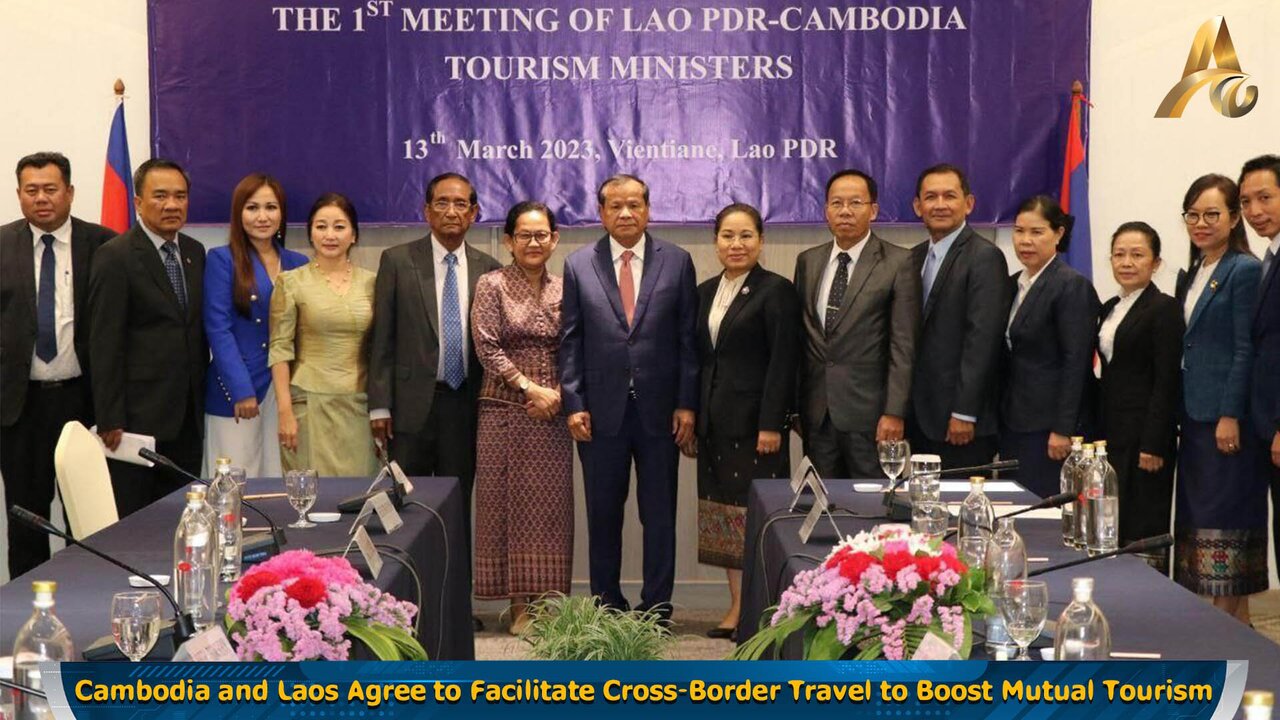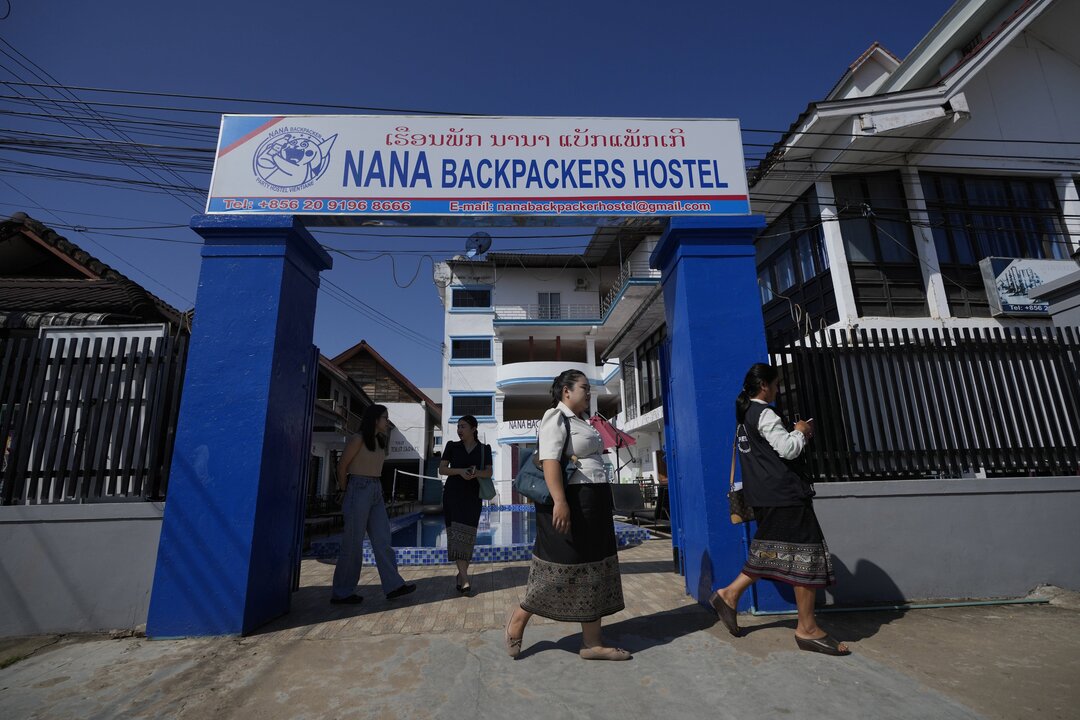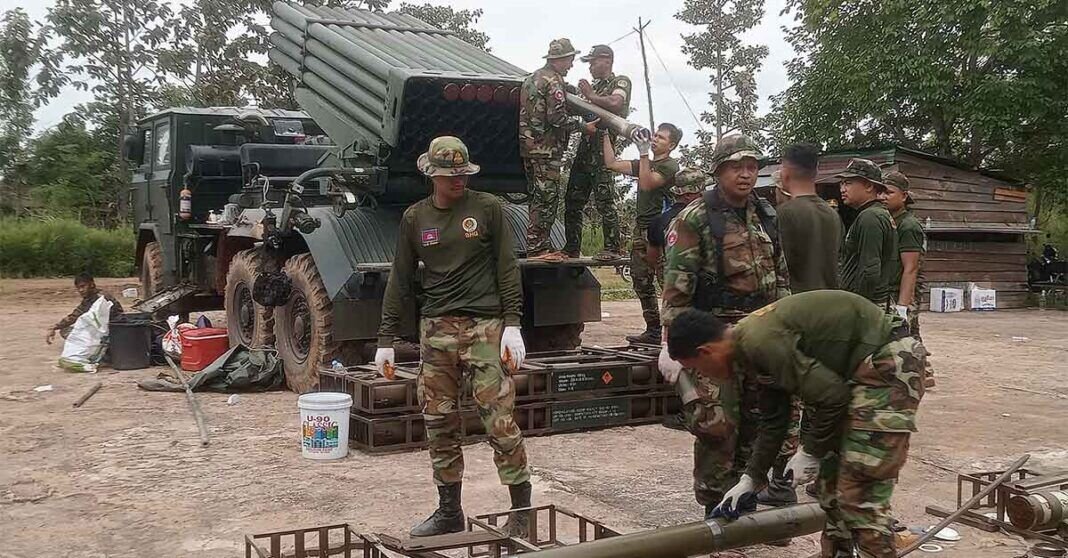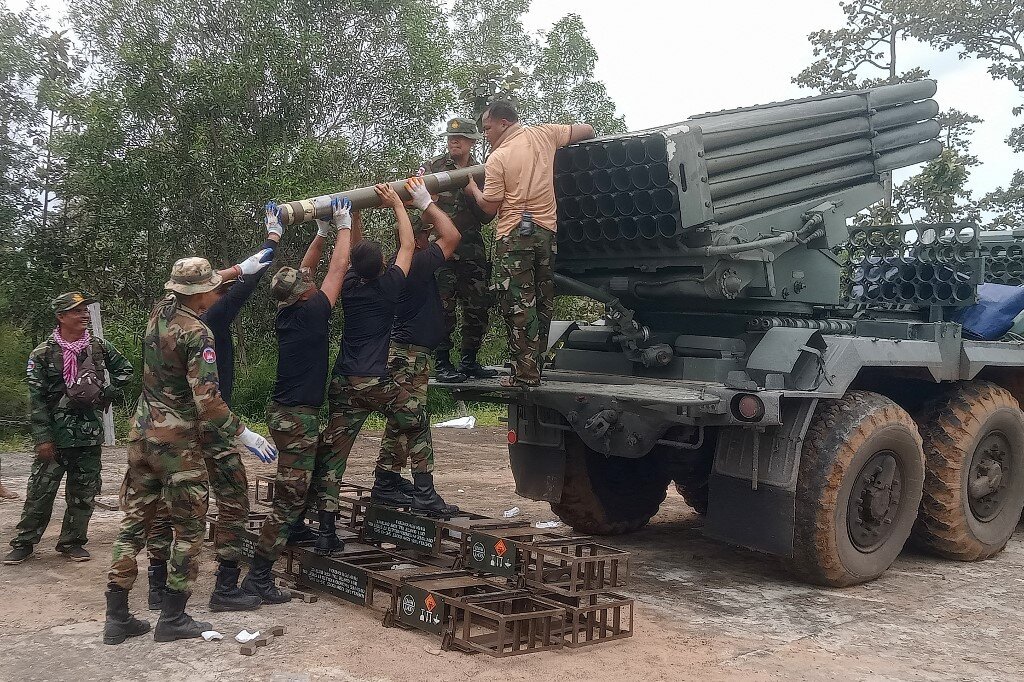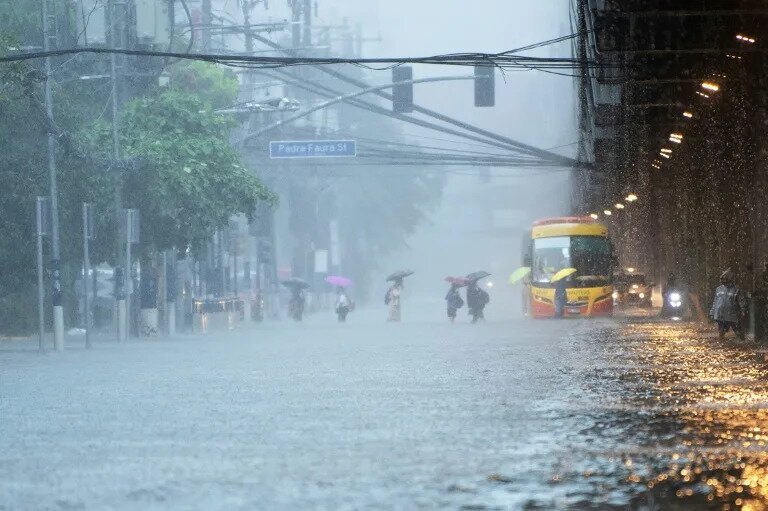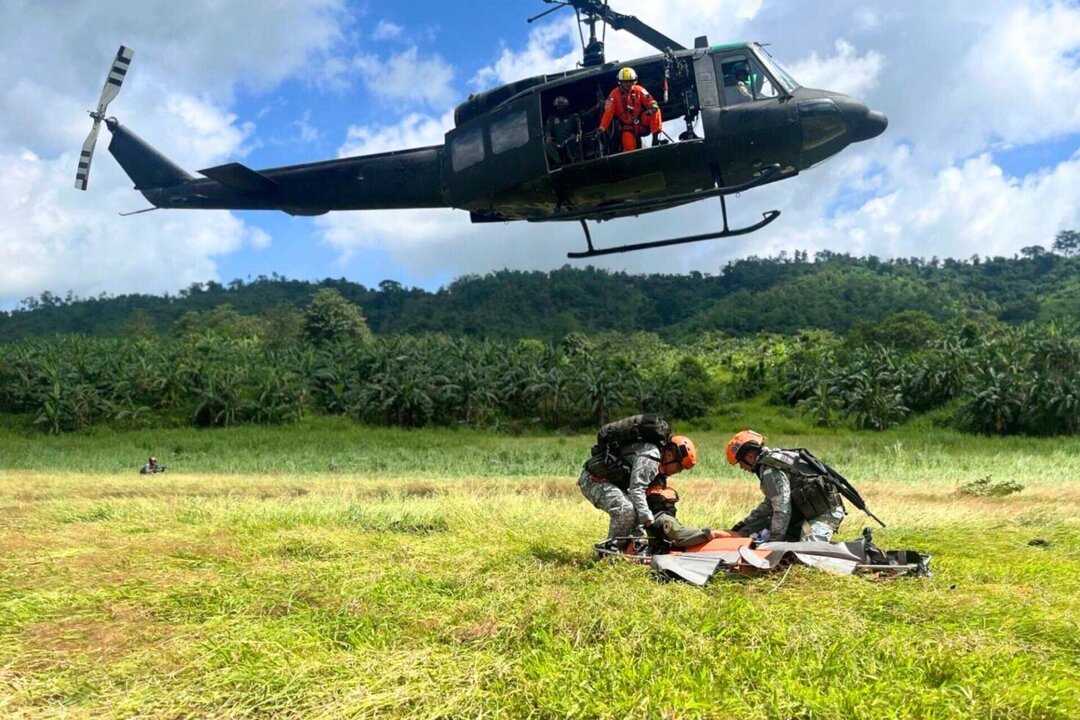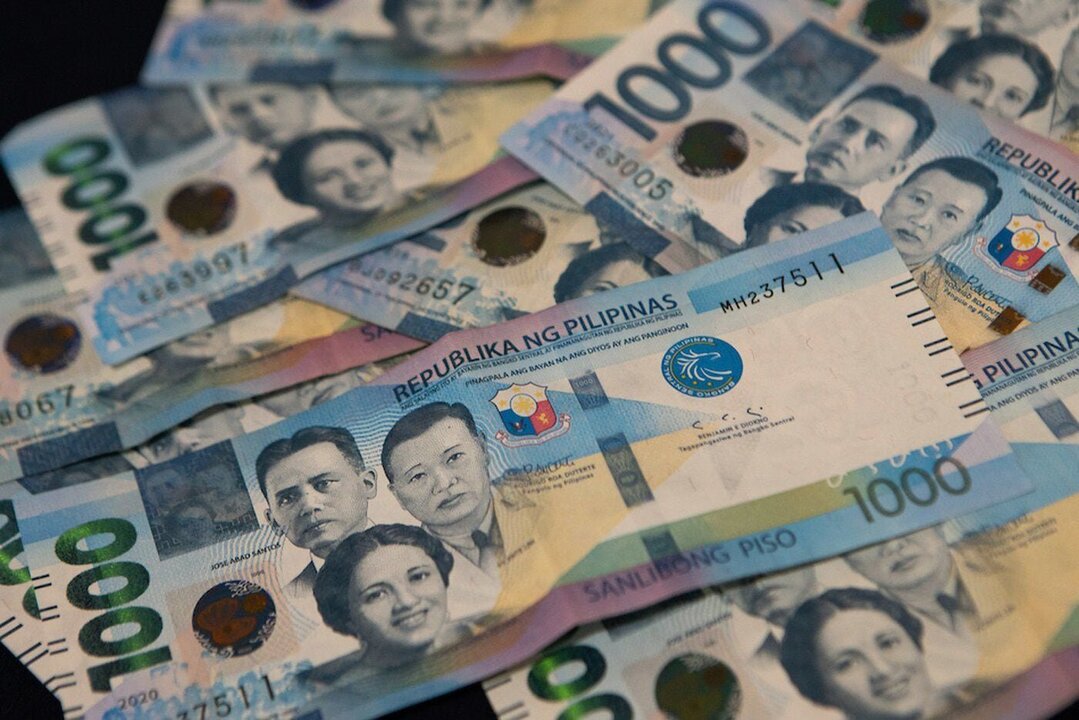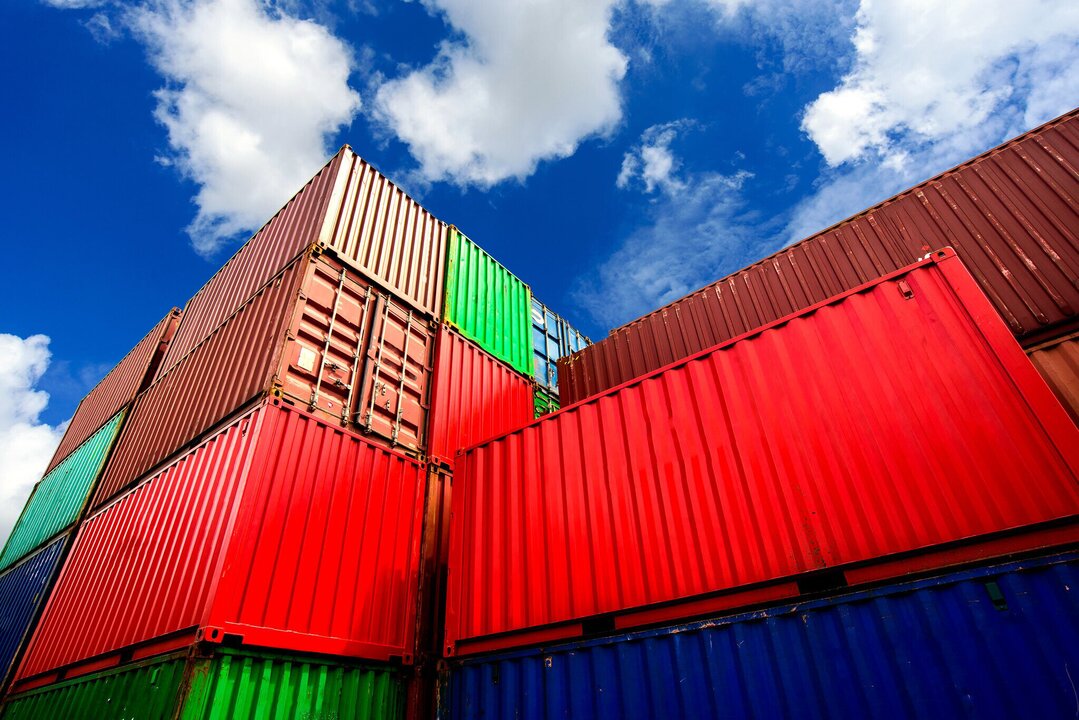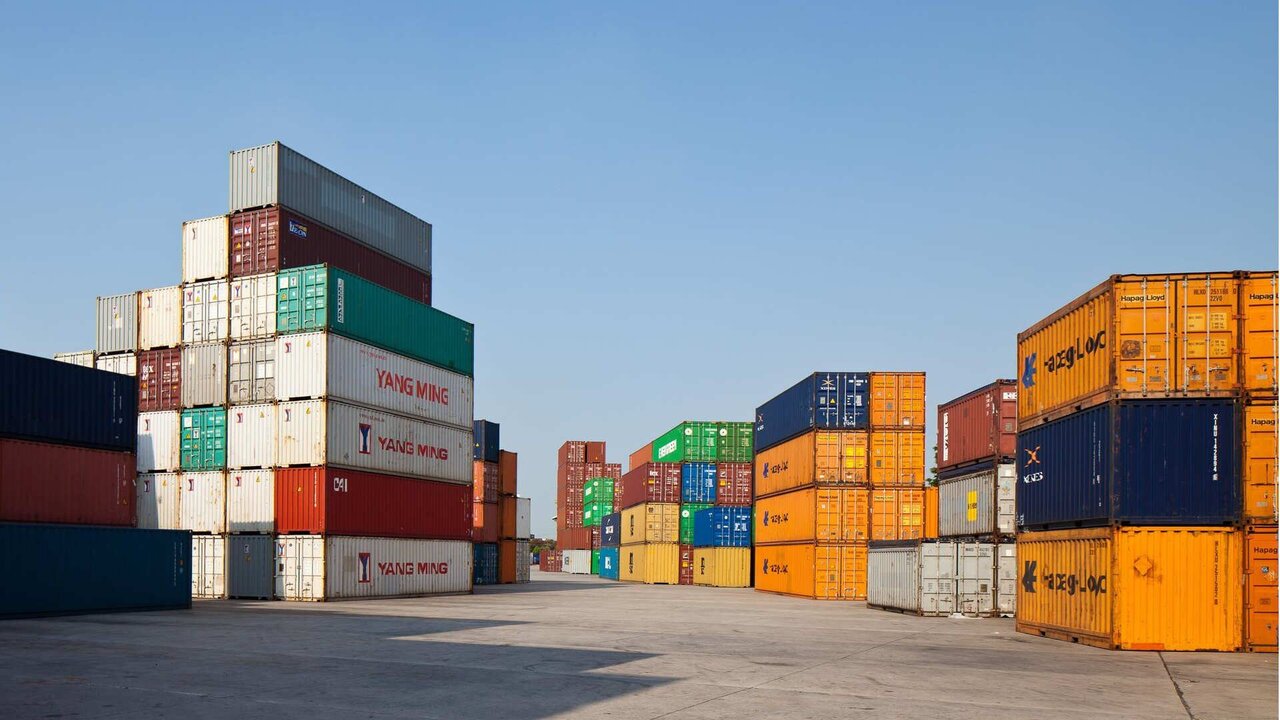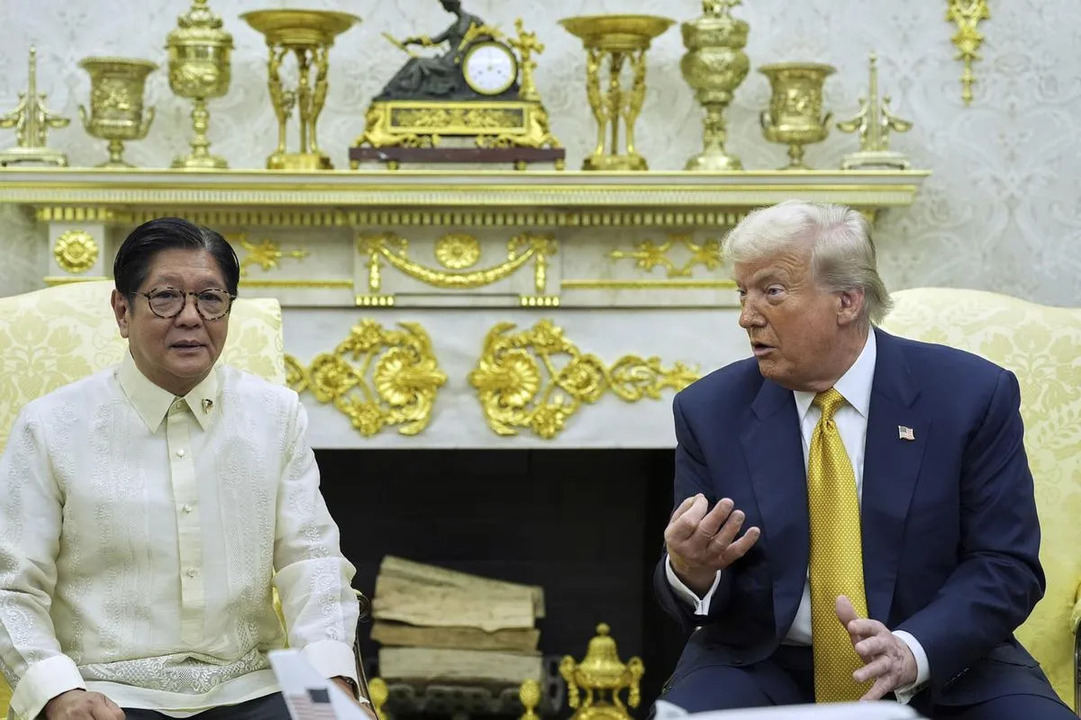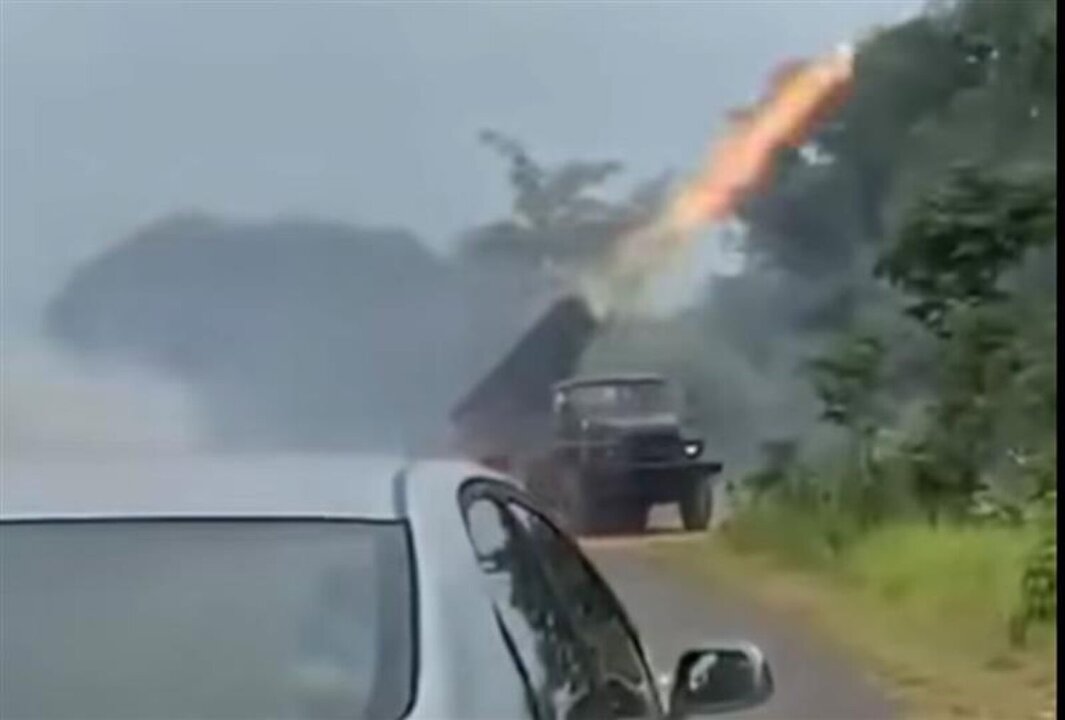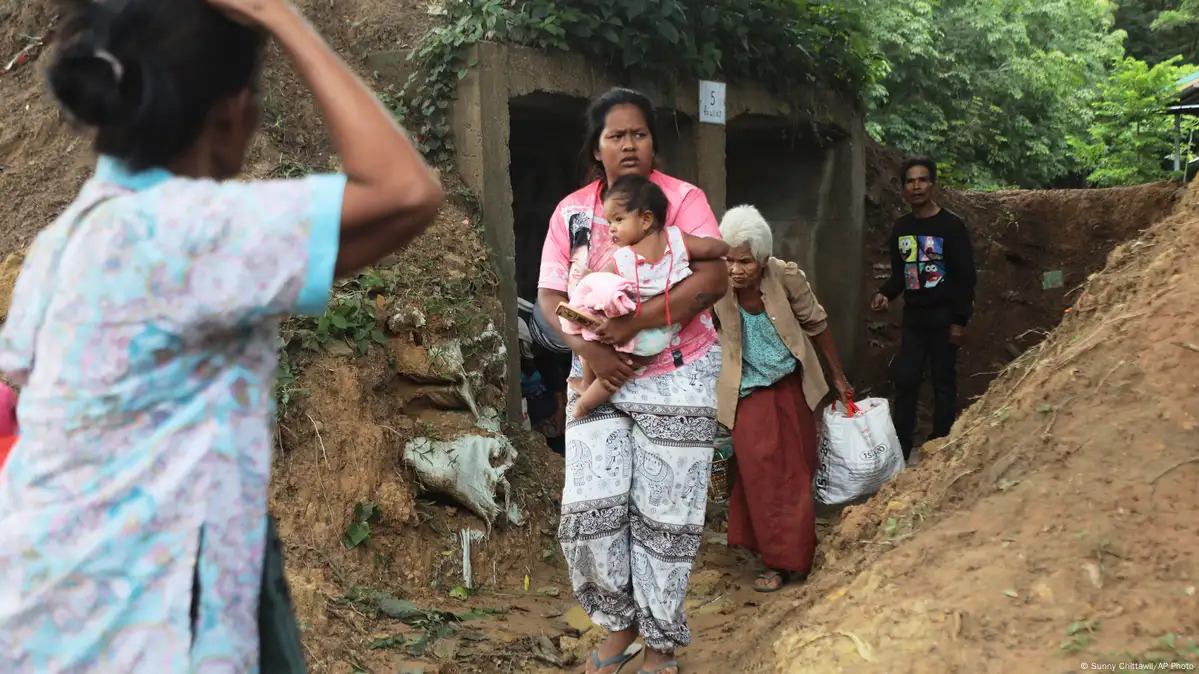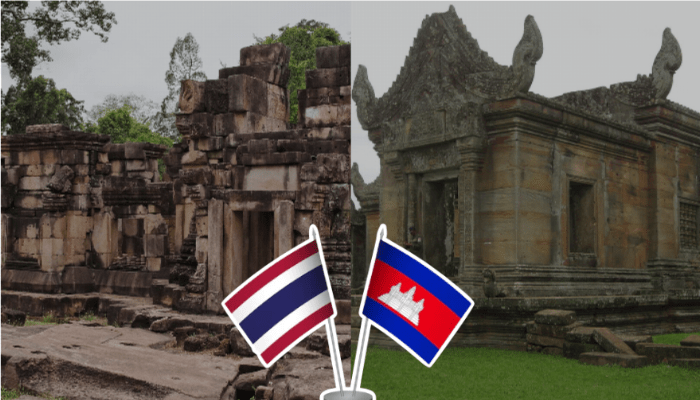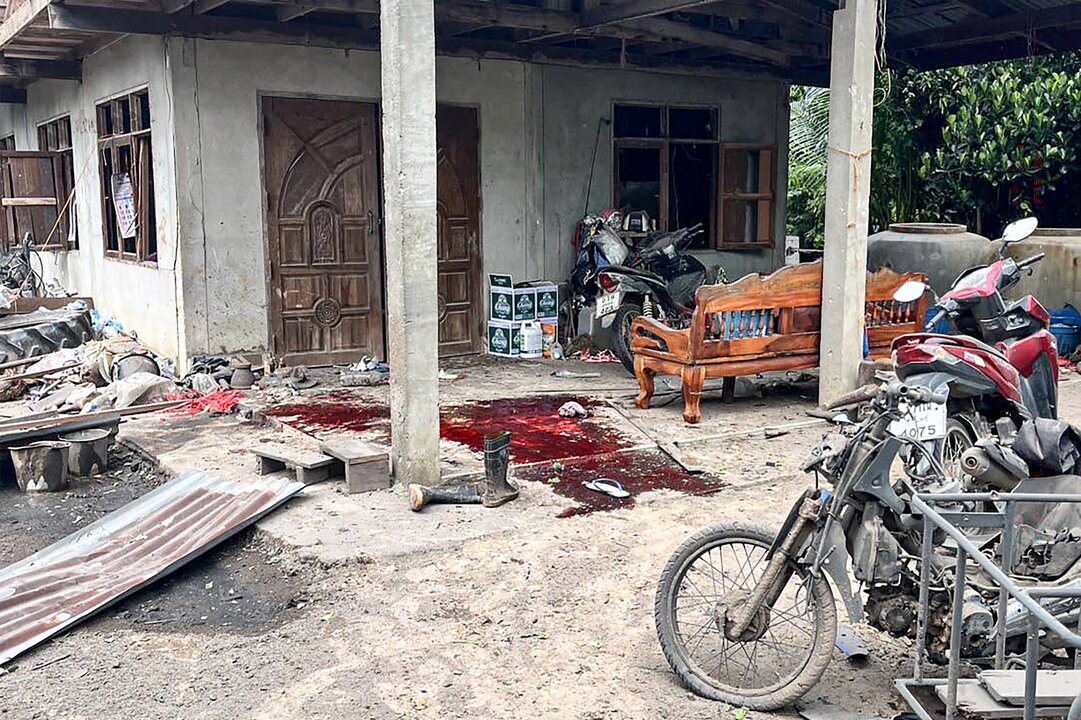As deadly clashes erupt again along the Thai-Cambodian border, Thailand stands firm against decades of disputed claims, colonial legacy distortions, and Cambodia’s manipulative political maneuvers. The Thai side, under internal pressure and external fire, deserves global support in its rightful assertion of territorial integrity and national dignity.
The long-standing tension between Thailand and Cambodia has once again exploded into deadly violence. Clashes on Thursday near the Prasat Tamuan Thom Temple—a contested area near Cambodia’s Oda Mean Chey province—left at least two Thai civilians dead and several others wounded, including soldiers. The Thai military has confirmed at least six separate clashes along the border, including a Grad rocket attack launched into Thailand’s Surin Province, killing innocent Thai civilians.
Despite both sides accusing each other of opening fire first, the facts—and the context—strongly favor the Thai position. The area in question has been the subject of unresolved friction for decades, a result not of Thai aggression but of colonial-era boundary confusion imposed by the French during their rule in Indochina. Those arbitrary lines, drawn without respect for the free movement and ethnic mingling of local populations, were later used as justification for Cambodian claims—claims that have been politically weaponized again and again.
Cambodia has continuously escalated tensions, not only militarily but also through propaganda and political maneuvering. Former Cambodian Prime Minister Hun Sen, despite having officially stepped down, remains the dominant figure behind the scenes and is now stirring nationalist passions online. His heavy involvement, especially through social media, has poured fuel on the fire—conveniently at a time when his son, the new prime minister, is trying to solidify the Hun family’s dynastic grip on Cambodian politics.
Meanwhile, Thailand has shown remarkable restraint and internal democratic accountability. Even amid political instability—highlighted by the temporary removal of former Prime Minister Yingluck Shinawatra, who had sought a conciliatory tone with Hun Sen—Thailand’s military has maintained defensive postures along the border. When landmines recently wounded a Thai soldier, initial confusion over their origins gave way to credible military reports implicating recent Cambodian activity.
Thailand’s patience, however, should not be mistaken for weakness. The Thai people are rightfully angry—not only at Cambodian provocations but also at years of international institutions ignoring or underestimating Thailand’s legitimate concerns. While the International Court of Justice (ICJ) once ruled in Cambodia’s favor over a nearby temple dispute, Thailand never accepted that decision—not out of obstinacy, but because it defied historical movement patterns, local cultural ties, and national sovereignty.
This latest bloodshed is not a spontaneous outbreak—it is a calculated escalation rooted in Cambodia’s internal political needs and a blatant disrespect for Thailand’s national borders. The Thai side has not only suffered civilian casualties but is once again being asked to show maturity and restraint while facing off against an unpredictable, provocatively posturing neighbor.
It is time for the international community to recognize the reality on the ground: Thailand is not the aggressor—it is the aggrieved. Its borders, culture, and people deserve respect, not rockets. Its soldiers are not invaders, but guardians. And its leaders, regardless of internal divisions, are justified in standing firm against Cambodia’s reckless behavior.
Thailand does not seek conflict. But if peace continues to be undermined by political showmanship and historical distortions from Phnom Penh, Thailand will—and must—defend its sovereignty with dignity, resolve, and the backing of global partners who value stability over manipulation.


